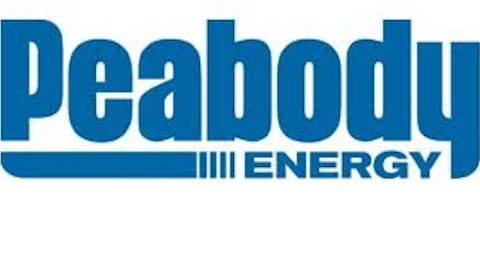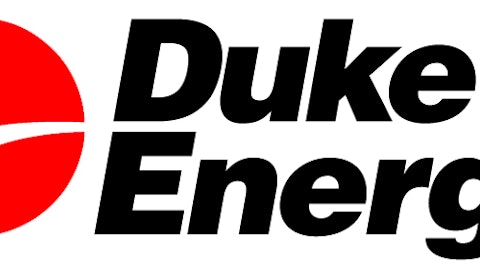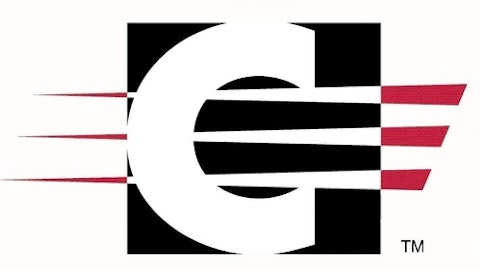China has accounted for nearly all of coal’s demand growth over the past decade. Although demand from that country should continue to expand as China industrializes, it isn’t the only nation to watch. You should also keep an eye on India, Japan, and Europe.
Asia is bigger than China
World Coal recently reported that Japan’s thermal coal use was the highest on record in August. The fact that the country’s nuclear fleet has effectively shut down has forced it to look to other cheap and reliable base fuels, like coal. Price was the main reason cited for the shift to coal over other options, like natural gas.
Arch Coal Inc (NYSE:ACI) recently noted that India is scheduled to build more coal power plants (108) than China (103) by 2017. Vietnam, Taiwan, Indonesia, Malaysia, and the Philippines are other, albeit smaller, nations in the region with construction plans. According to Arch, “Thailand’s energy agency expects power demand to double by 2030, and views coal as a lower cost and more secure option than [liquefied natural gas].”

Plenty of export options
Arch is one of the big players in the U.S. export space, increasing its exports from 2 million tons to 14 million tons in a five-year span. Although that’s only about 10% of the company’s projected 2013 coal production, it’s still a notable business and a growing opportunity.
With operations in three key U.S. coal regions and port agreements on the East Coast, West Coast, and Gulf Coast, Arch is well positioned. Of note, the company is the second-largest player in the ultra-cheap Powder River Basin (PRB).
Exporting from here and there
The largest player in the Southern PRB region is Peabody Energy Corporation (NYSE:BTU). It also holds a leading share in the second-cheapest coal region, the Illinois Basin (ILB). That gives the company access to cheap coal that can be exported to power the world’s utilities. However, unlike Arch, Peabody’s coal operations span the globe, with a notable position in Australia.
That region, which makes up nearly half of the company’s business, gives it direct access to Asia and has recently benefited from a falling Australian dollar. Thus Peabody has long-term opportunities domestically and in its foreign operations, and is receiving a performance boost today from its foreign coal assets. The coal miner expects the rest of the year to be touch and go on the earnings front, but that just means that 2014 earnings comparisons should be much easier.
Port issues
Cloud Peak Energy Inc. (NYSE:CLD) is another big player in the PRB region. The company has been profitable despite the pressures that coal is currently facing. That said, exports have been a key focus and are expected to make up about 5% of the company’s coal volume this year.
Asia is the main customer, but South Korea is the biggest destination for Cloud Peak’s coal. So the company isn’t as reliant on continued demand from China for its export growth. Like all of the exporters, however, access to ports is a big issue. Cloud Peak is waiting for new port capacity before it can ramp up exports more materially. That’s a positive for a company like CONSOL Energy Inc. (NYSE:CNX), which owns its own port on the East Coast.
Although CONSOL has shifted its focus to natural gas drilling, it is still a large coal miner. The company only uses around 60% of the Baltimore terminal’s capacity; the remaining 40% is used by competitors. That gives CONSOL an easy way to increase its own export volume if it wants. The company uses that port to reach Europe, South America, and Asia.





